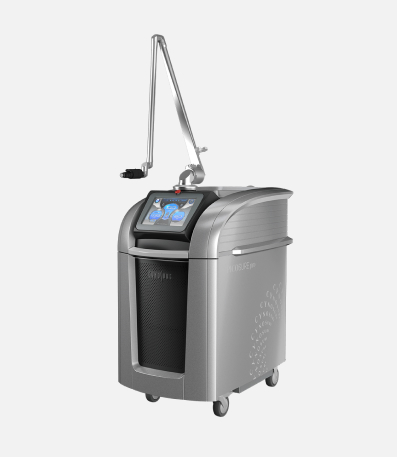Target your top 7 skin concerns with one bi-layered treatment plan with Cynoglow
Learn morePigmentation can be classified into three primary types: epidermal, dermal, and mixed.
Epidermal pigmentation affects the outermost layer of the skin and includes conditions such as suntan and sun-induced damage.
Dermal pigmentation occurs deeper within the skin and includes congenital birthmarks and some types of hormonal pigmentation.
Mixed pigmentation involves both layers.
The treatment approach and appearance vary significantly across these types, with epidermal pigmentation often responding more readily to surface treatments, while dermal pigmentation may require more targeted therapies.
The permanence of skin pigmentation varies. While some pigmentation, particularly that which is superficial, may fade over time, other forms can be permanent without professional intervention. Factors such as the type, depth, and cause of pigmentation play a crucial role in determining its persistence.
A holistic treatment strategy is generally the most effective against hyperpigmentation. This begins with diligent sun protection to prevent further pigment darkening. Implementing a topical skincare regimen to prepare the skin is a critical next step. Additionally, topical products, chemical peels, energy-based devices such as Intense Pulsed Light (IPL) and lasers, as well as cryotherapy, are effective methods. Each treatment targets pigmentation in specific ways, making them suitable for different types and severities of skin pigmentation.
Laser treatment offers a targeted approach to pigmentation removal, often providing quicker and more pronounced results compared to other treatments such as topical creams or chemical peels. However, the best treatment option depends on the type of pigmentation, skin type, and various other factors. A comprehensive evaluation by a dermatologist is necessary to determine the most effective treatment plan.
The Picosure Pro laser, utilizing picosecond pulse durations, represents the latest advancement, offering effective treatment with reduced side effects for a broader range of skin types.
During a laser pigmentation treatment session using Picosure Pro, patients may experience a sensation of heat or a series of quick, sharp taps on the skin. The procedure’s duration depends on the area being treated but typically lasts from a few minutes to an hour. Protective eyewear is worn to safeguard against the laser light. Post-treatment, the skin may appear red or swollen, but these effects usually subside within a few hours to days.
The fading of pigmentation following laser treatment typically begins to be visible within 3- 4 weeks. Initially, the pigmented areas may appear darker before they start to lighten, indicative of the pigmentation breaking down and being naturally eliminated by the body.

Side effects from laser pigmentation removal, such as hyperpigmentation or hypopigmentation, are rare. These effects are generally temporary and tend to resolve within weeks to months following treatment.
The fading of pigmentation following laser treatment typically begins to be visible within 3- 4 weeks. Initially, the pigmented areas may appear darker before they start to lighten, indicative of the pigmentation breaking down and being naturally eliminated by the body.
While laser treatment can significantly reduce or eliminate pigmentation, there is a risk of pigmentation returning, especially if the underlying causes, such as sun exposure or hormonal fluctuations, are not addressed. Ongoing sun protection and adherence to a tailored skincare regimen are vital to maintain the results.
Laser treatment offers a targeted approach to pigmentation removal, often providing quicker and more pronounced results compared to other treatments such as topical creams or chemical peels. However, the best treatment option depends on the type of pigmentation, skin type, and various other factors. A comprehensive evaluation by a dermatologist is necessary to determine the most effective treatment plan.